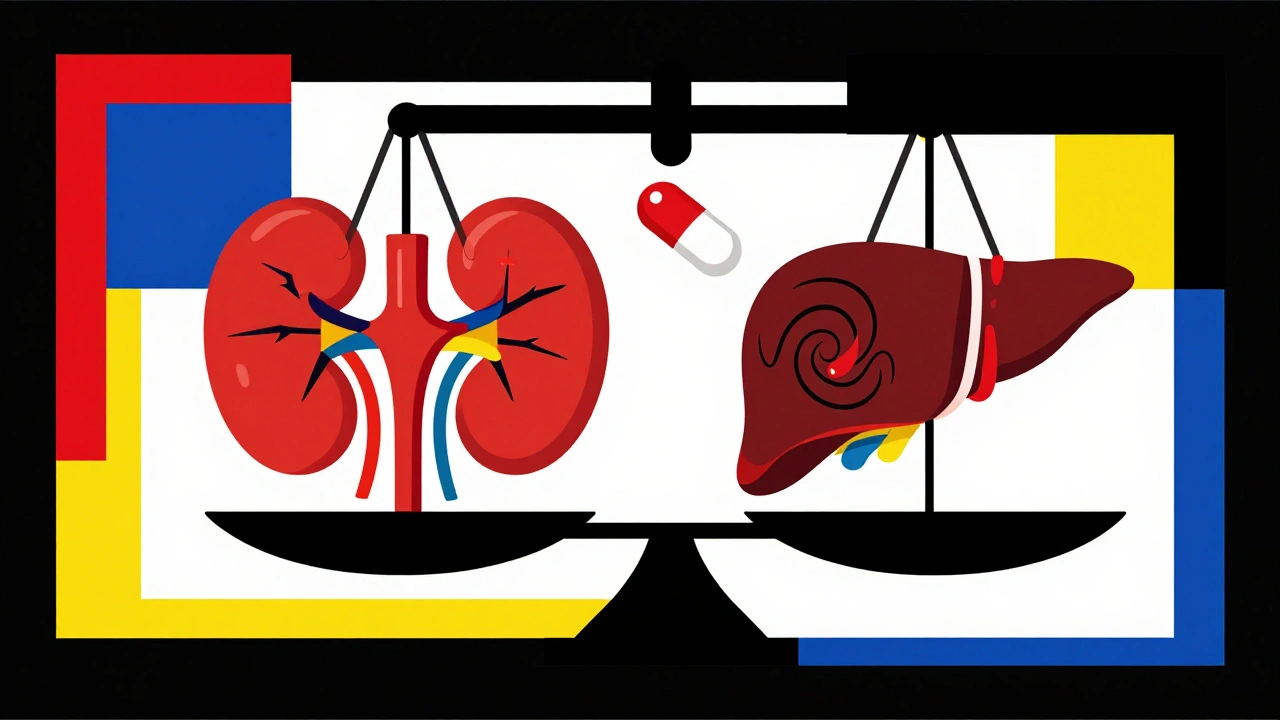Blood Thinners: What They Are and Why They Matter
When talking about blood thinners, drugs that lower the blood’s clotting ability. Also known as anticoagulants, they are prescribed to prevent strokes, deep‑vein clots, and heart attacks. Warfarin, a vitamin K antagonist used for decades and direct oral anticoagulants (DOACs), newer agents like apixaban and rivaroxaban that target specific clotting factors are the most common categories. Together they form a toolbox that physicians draw from to keep blood from forming dangerous clots while still allowing normal circulation. The core idea is simple: thin the blood enough to stop blockages, but not so much that bleeding becomes uncontrolled.
Key Considerations for Blood Thinner Therapy
Understanding the differences between each type helps you manage side effects and stay safe. Warfarin requires regular INR (International Normalized Ratio) checks because its effect can swing widely with diet, other meds, and liver function. In contrast, DOACs offer fixed dosing and fewer diet restrictions, but they still need kidney function monitoring. Heparin, usually given in hospitals, works fast and is reversed with protamine if bleeding occurs. Each agent has an attribute‑value pair that matters:
- Onset – Warfarin: 2‑5 days; DOACs: 2‑4 hours.
- Reversal – Warfarin: vitamin K; DOACs: specific antidotes like idarucizumab.
- Kidney impact – Warfarin: minimal; DOACs: dose‑adjusted for eGFR.
Why do doctors pick one over the other? The choice hinges on the condition being treated. Atrial fibrillation, deep‑vein thrombosis, pulmonary embolism, and mechanical heart valves each have preferred agents. For example, patients with a mechanical valve still need warfarin because DOACs haven’t shown sufficient protection. Meanwhile, someone with chronic kidney disease may stay on warfarin to avoid DOAC accumulation. Lifestyle plays a role too—regular alcohol intake, travel plans, or upcoming surgeries all affect dosing and monitoring schedules.
Below you’ll find a curated set of articles that dive deeper into these topics. Whether you’re looking for a side‑effect breakdown, a buying guide for generic options, or tips on handling inflammation that can interact with anticoagulant therapy, the collection is built to give you actionable insight. Keep reading to see practical advice, safety checklists, and the latest research that can help you stay on top of your blood thinner regimen.

Anticoagulation in Kidney and Liver Disease: What Doctors Really Do
Dec 4 2025 / MedicationsManaging blood thinners in kidney and liver disease is complex. Apixaban is often the safest option, but decisions depend on kidney function, liver stage, platelet counts, and bleeding history. No guidelines cover all cases-so what doctors do matters most.
VIEW MORE
Blood Thinners: Key to Preventing and Treating Pulmonary Embolism
Sep 28 2025 / MedicationsLearn how blood thinners work, which drugs are best for preventing and treating pulmonary embolism, and how to balance clot protection with bleeding risks.
VIEW MORE